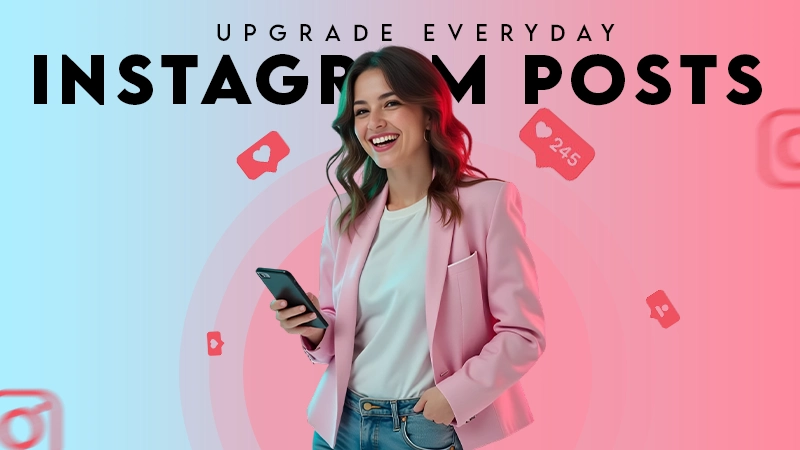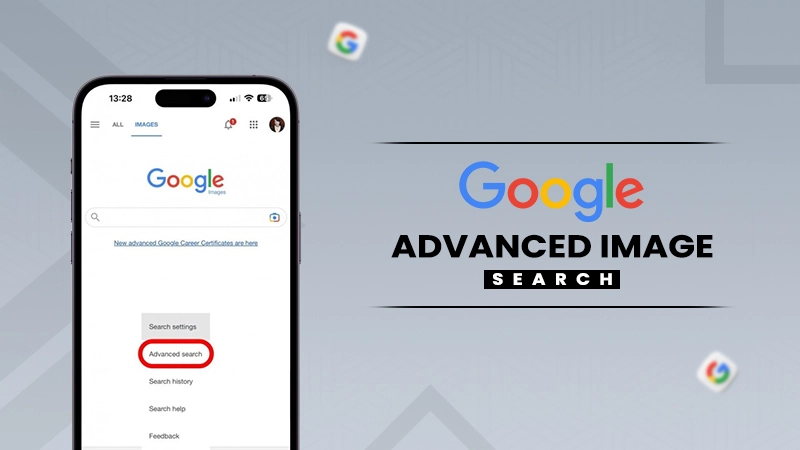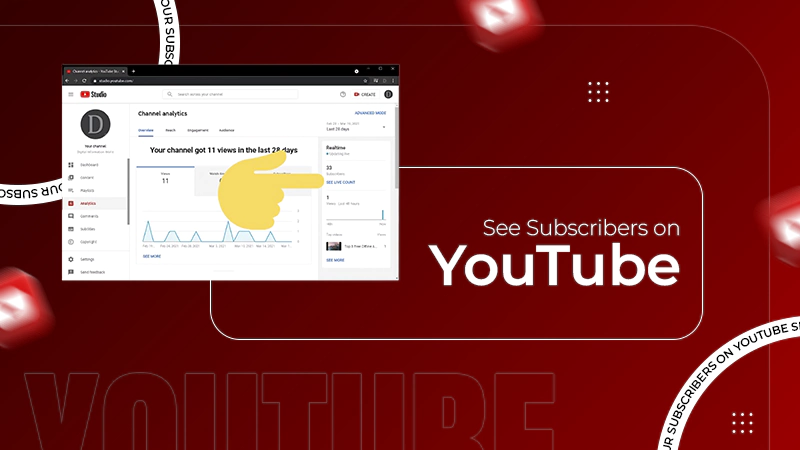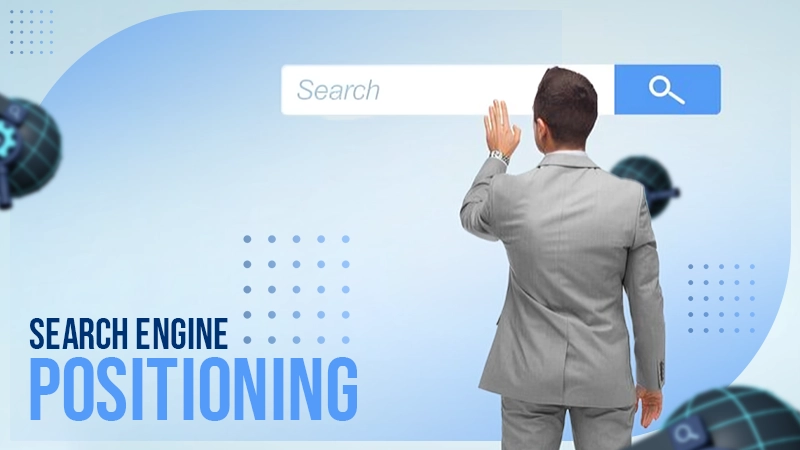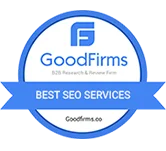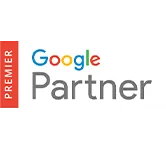How Can Email Marketing Fuel Your Overall Inbound Strategy?
Email marketing is a powerful tool that can significantly boost your inbound strategy. When done right, it helps you connect with your audience on a personal level. With targeted messages, you can nurture leads, build trust, and guide potential customers through the buying journey. Email marketing is more than just sending promotions—it’s about delivering value and fostering relationships.
To maximize its impact, you need to track and analyze your efforts. This is where the Klaviyo analytics dashboard comes in. It provides detailed insights into how your campaigns are performing. By understanding open rates, click-through rates, and other key metrics, you can refine your approach and ensure your emails resonate with your audience. This data-driven approach allows you to align your email marketing with your overall inbound strategy effectively.
What is Inbound Marketing?
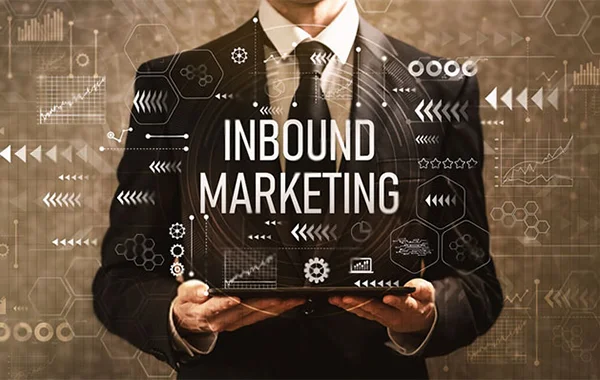
Veteran marketers like to throw around vocabularies that can be a bit challenging to fathom for beginners. So, before we dive deeper into the topic, let’s first understand what inbound marketing is.
Inbound marketing is the whole process of tailoring your content to create valuable experiences for your leads and turn them into loyal clients. The main agenda of this type of marketing is to build strong bonds with those users looking for solutions to certain issues that you can fix.
Unlike outbound marketing whose strategy is to blast the masses with a message, inbound marketing takes a more subtle approach. It’s about attracting people into your circle, rather than spreading out the message.
How Does Email Fit into Inbound Marketing?
So, what is the contribution of email marketing to this puzzle? Well, think of email as the link between your audience and valuable content. It’s the tool that delivers your tailored content straight to those audiences who have shown an interest in what you’re selling.
The beauty of email marketing is that it’s permission-based, meaning that, the audience must have expressed interest in your brand by signing up for your newsletter. This therefore makes email a powerful medium for delivering your targeted, customized content that is in line with inbound marketing principles.
Why Email Pairs Perfectly with Inbound Marketing
Inbound email marketing is not just about selling. It’s all about establishing relationships. Think of emails as conversation starters, a chance to personally engage with your customers. Delivering customized content straight into their inbox allows you to nurture leads, keeps your brand fresh in their minds, and guides leads through their purchasing journey.
Emails best suit inbound marketing as a tool for several reasons:
Trackability
Using CRM, you can compile the data on all newsletter subscribers as well as the emails that enter their inboxes. You’ll be able to see the best-performing marketing campaigns, the subject lines with high opening rates, and what content your readers are interested in the most.
Instantaneous outreach
As soon as you release your emails, your audiences receive them right away. They don’t have to go searching on the web.
Automation
The good thing about email marketing is that you can automate the process, allowing you to serve customers from different regions without much hassle.
The dashboard serves as your command center, giving you access to open rates and conversion metrics. Plus, it allows you to tweak your strategies with ease. Klaviyo’s analytics ensure you’re not shooting blindly in the dark, and make data-driven decisions that empower your inbound strategy.
Personalization
Also, you can specify the contents of your email so that your audience receives information according to their interests.
Full Autonomy
With emails, you’re not restricted from saying whatever you want to say, unlike social media. You can’t receive warnings and bans for sharing certain types of content with your audience.
A/B Testing
Through testing what works and what doesn’t, you have the power to improve your messages based on audience response. For instance, you can test whether short-form emails perform better than long-form.
How Can Email Marketing Fuel Your Overall Inbound Strategy?
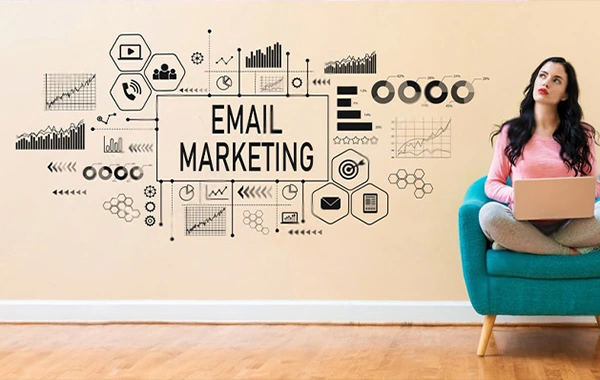
Now that you’ve understood what role email plays in inbound marketing, let’s get down to the main agenda. So, how can email marketing fuel your overall inbound strategy? By strategically deploying email marketing into your customer journey, you can transform it from an ordinary communication tool to a powerful force that converts leads into loyal clients.
When you understand and harness the capabilities of email at every level, it allows you to deliver a personalized experience for your customers. Ultimately, your business can achieve the growth and success it deserves. Here’s how email marketing powers your overall inbound strategy:
Attract Better Quality Leads
The problem with 80% of SMEs is that they employ strategies that target every Tom, Dick, and Harry in the market. Most believe that this is the key to making more sales, but unfortunately, this strategy doesn’t work because not everyone is interested in what is being sold.
A good email marketing strategy lets you zero in on the target audience without having to sacrifice a lot. An email helps you tell your target audience that you can solve their problems better than the competitors can. With that, you can attract the right prospects who are actually going to buy.
Ensure that all your email content has a call to action. This can be in the form of a button to download free templates, sign in to your newsletter, or join a free webinar.
Gaining Prospects’ Trust
You only gain the trust of your prospects if you deliver value. Your email marketing strategy shouldn’t be just about your products and services. It should also educate, engage, and deliver value to your prospects.
There will always be that group of clients who don’t find your content valuable. But there will always be those who value it and want to use your advice to resolve their challenges. And if your advice delivers results even before they make a purchase, you shall have established a valuable connection with them.
Get an Audience Engagement Guarantee
Don’t forget that your inbound marketing strategy is not about convincing leads to be part of your mailing list. You’ll be working with organic leads who already found you through your content marketing. You already did the part of convincing them that you can solve their problems. Now the objective is to understand them better and let them know your story.
An effective strategy that always does the magic is:
- Briefly introduce yourself.
- Pose a question to your prospect that will evoke an urge to respond. In this, let them know your genuine desire to learn more about them. You’ll be surprised by the amazing feedback you’ll receive from your subscribers.
- Offer a free resource through a link to seal the relationship.
Generally, emotions have a say in the choice of business a client will interact with. By constantly showing genuine interest in them, you create an opportunity to interact with your prospects. Here are a few tactics to make your emails more effective:
- Introduce a story your audience can relate to – You have the chance to get as personal as you want while owning your failures as well as celebrating the wins.
- Make your writing more personalized – Not everyone will like you for it, but for those that do, it’ll be out of pure interest.
- Don’t put much emphasis on fancy templates – Plain text makes your audience feel like they’re communicating with a friend rather than an automated robot.
Audience Segmentation
How can email marketing fuel your overall inbound strategy? Through audience segmentation. Grouping your audience allows you to share your emails according to the type of products or services the clients are interested in. For instance, a software company can have premium enterprise and entry-level versions of software.
The well-established businesses have bigger demands, and bigger budgets, and therefore would only go for premium enterprise-grade software. It would make no sense to send them emails about the entry-level software. The same goes for small businesses just getting started with your software.
Segmenting your marketing emails is a more effective strategy to ensure clients receive the right content. However, it’s also important to address the finer pain points in each segment, otherwise clients will lose interest. It enhances engagement, boosts sales, better click rate, and higher ROI.
Personalizing Marketing Content
Your prospects are probably receiving many other marketing emails from other brands, whether competing or unrelated businesses. With their inboxes flooded with emails from all these businesses, it can be difficult for prospects to engage with emails that don’t address specific issues.
Those emails that cut through the noise to avoid the spam box or the bin are those that use the prospect’s name or evoke a controversial topic. A McKinsey & Co report highlights that 71% of email recipients expect personalized emails.
To be able to personalize your emails, you need to understand the type of business your clients are into, their challenges, the products they prefer, and how they make purchasing decisions. For individual prospects, important information to know about the client includes their name, age, location, and marital status.
Using this information, you can group your audience in your CRM and customize your content according to the different segments.
Re-engage and Reactivate Dormant Clients
After acquiring new leads, most businesses keep reusing the same email campaigns just to win more leads. This only leads them to forget their existing clients. Your email marketing strategy should also engage your current customers so they don’t become forgotten.
But if some of your current customers are already dormant, inbound email marketing can help you restore your relationship. After all, if they are not getting any attention, why would they buy from you?
A successful strategy should also have a reactivation campaign that marketers run at least twice a year. If you keep a prolonged track of your emails, you’ll discover that the open rates differ from click-through rates. If you dig deeper to an individual level, you’ll notice that some of the clients who actively engaged with you in the first couple of months are opening one or two out of a dozen emails.
Whatever their reason for going dormant, just know that your marketing campaign won’t always reverberate with all clients. But through a reactivation campaign, you can always try to bring them back on board.
Wrapping Up
Have you been wondering how email marketing can fuel your overall inbound strategy? Any inbound strategy arsenal upholds email marketing as a powerful weapon. Marketers can use email to nurture relationships, share high-value content, and drive engagement. Email can fuel your entire inbound effort and convert prospects into loyal clients.
While implementing your inbound email marketing, remember that it’s crucial to personalize your content. Also, prioritize delivering value and always test and refine your approach. With these tactics, your email marketing efforts can drive the results you’re seeking.
More importantly, don’t be swayed to sink much of your marketing budget into social media platforms like X, Facebook, and Instagram. You don’t own these platforms so you lack the autonomy that email provides. Unlike the social media platforms, you don’t need to pay to reach a wider audience. So, if you haven’t thought about prioritizing email marketing, don’t let 2025 come to an end without you doing so. And your business will thank you for it.


